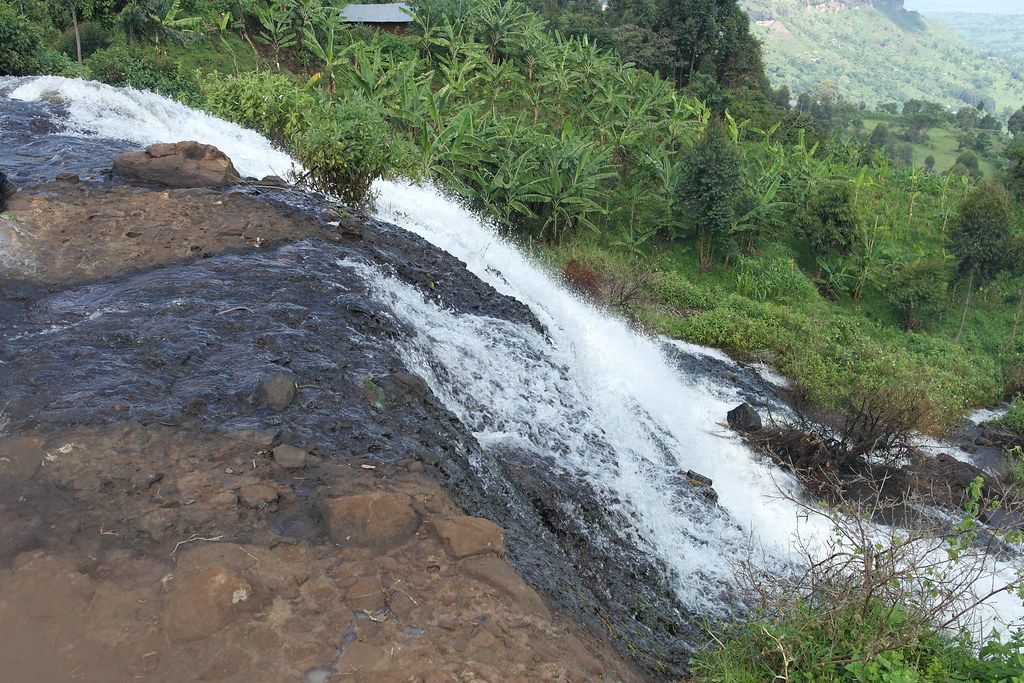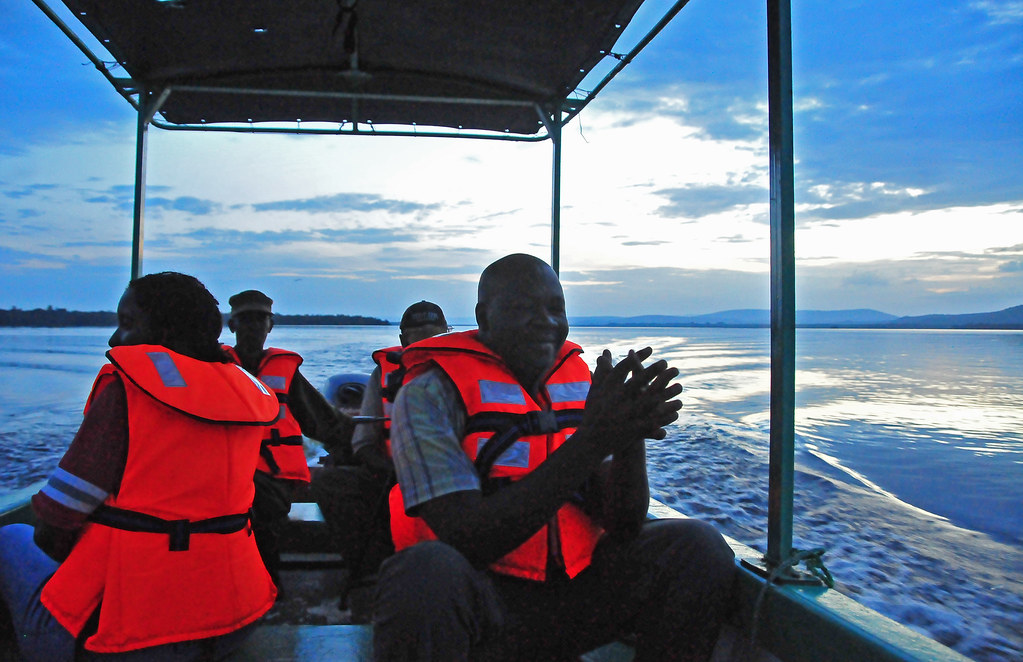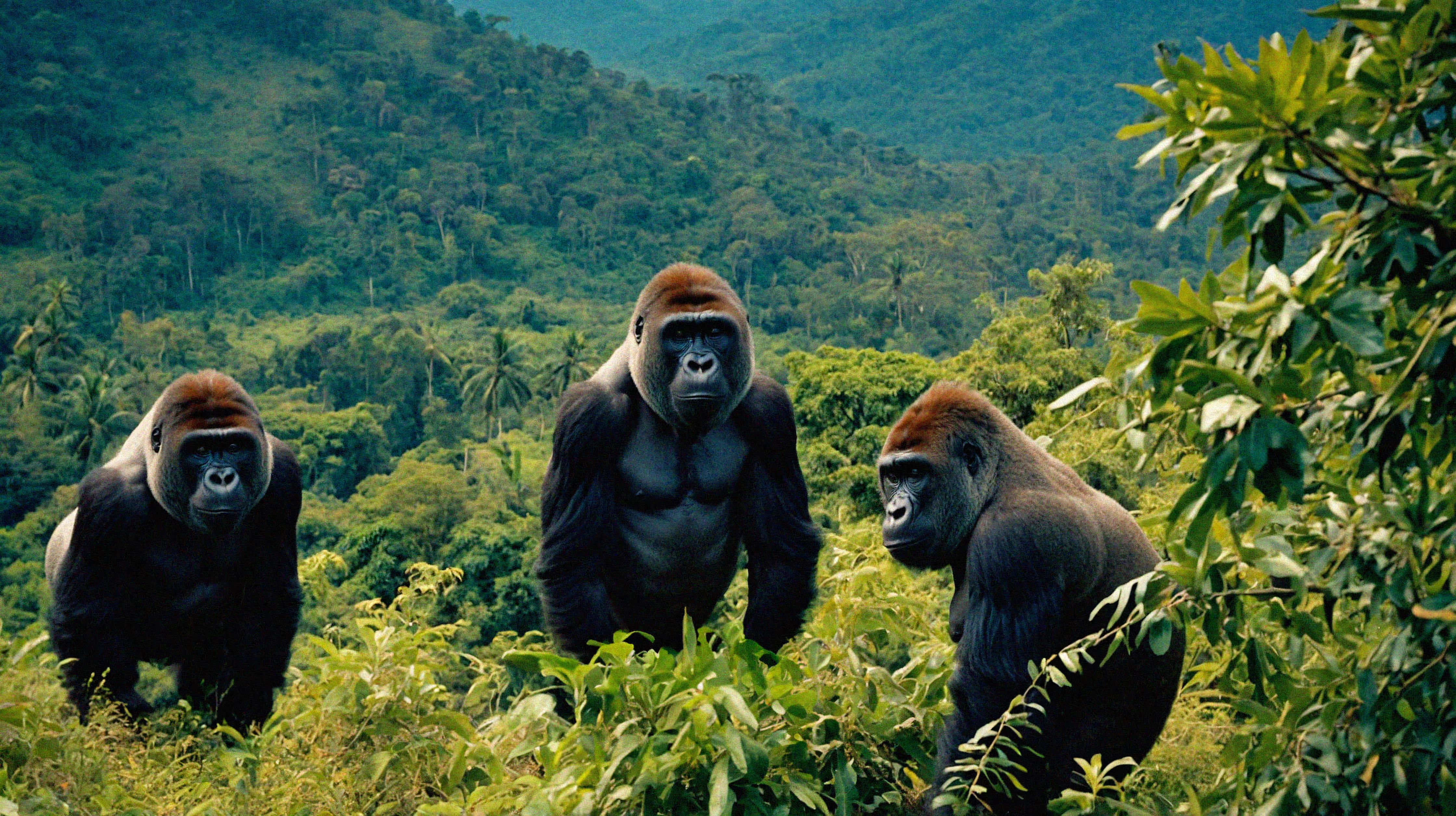
Gorilla Safari in Bwindi Impenetrable National Park
Can I See Gorillas Without a Ranger Guide In Bwindi Impenetrable National Park?
Standing just meters away from a majestic mountain gorilla, feeling the weight of its gaze, is one of the most humbling wildlife experiences on Earth. For many, this magical moment happens deep in the heart of Africa during a gorilla safari in Bwindi Impenetrable National Park.
But one common question travelers ask is: Can I see gorillas without a ranger guide? The answer to this question leads to a deeper understanding of gorilla trekking, conservation efforts, and why this once-in-a-lifetime experience is strictly regulated. Let’s take you on a journey through everything you need to know.
What Is Gorilla Trekking?
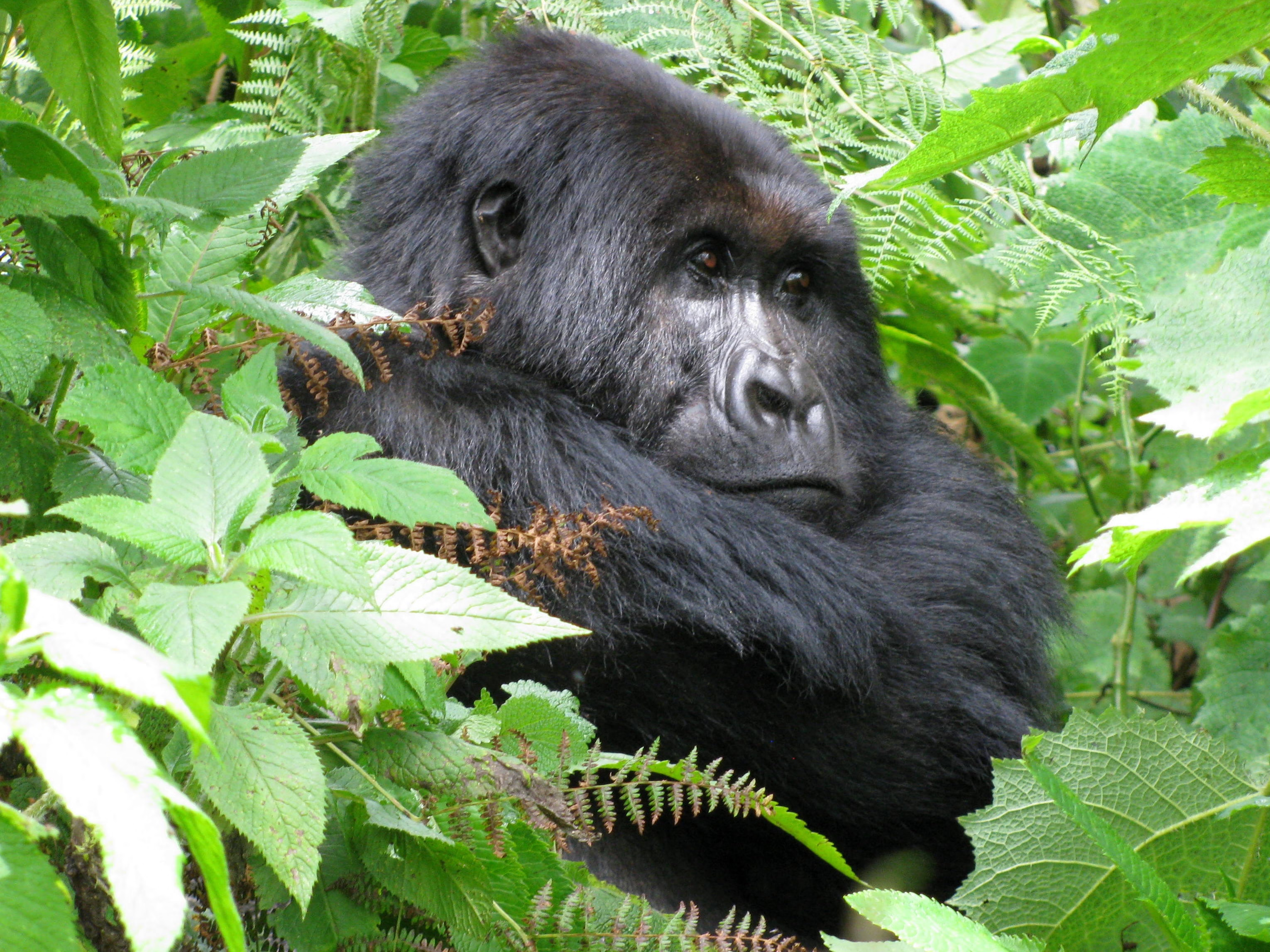
Gorilla trekking is a guided wildlife experience that allows you to hike through dense tropical forests to observe wild mountain gorillas in their natural habitat. It’s raw, thrilling, and spiritual like stepping into a living jungle documentary. The treks usually take place in protected areas like Bwindi Impenetrable National Park in Uganda, where more than half of the world’s remaining mountain gorilla population lives.
This bucket-list adventure is more than just a hike; it’s an opportunity to support conservation, connect with local communities, and witness one of nature’s most intimate spectacles gorillas grooming, feeding, and nurturing their young.
Can I See Gorillas Without a Ranger Guide?
The short answer is no. It is mandatory to be accompanied by an armed ranger guide when embarking on a gorilla safari in Bwindi Impenetrable National Park or any other gorilla habitat in Uganda or Rwanda.
Why? Here’s why ranger guides are essential:
-
Safety: Gorillas are wild animals. Ranger guides are trained to handle unpredictable situations, ensuring both visitor and gorilla safety.
-
Conservation: Every visit follows strict rules to minimize stress and exposure to human diseases. Guides enforce these guidelines.
-
Tracking Expertise: Ranger guides work with trackers who follow fresh gorilla trails from early morning. Without them, you’d never find the gorilla family.
-
Cultural Insight: Ranger guides provide valuable insights into gorilla behavior, ecology, and conservation history turning your trek into an educational journey.
So while the idea of wandering freely into the forest might seem adventurous, it’s neither legal nor ethical. Gorilla trekking is a protected and highly controlled activity for the survival of this endangered species.
Where to Get Gorilla Permits
To go on a gorilla trek, you’ll need a gorilla permit, which grants you legal access to visit a specific habituated gorilla family.
In Uganda, gorilla permits are issued by the Uganda Wildlife Authority (UWA). You can secure them through:
-
UWA head offices in Kampala
-
A licensed tour operator or safari company (this is the easiest and most recommended route)
-
Online reservations through a trusted agent
Permits are issued on a first-come, first-served basis and are often booked months in advance due to high demand, especially in peak seasons (June–September and December–February).
How to Get a Ranger Guide
Once you’ve booked your gorilla permit, the ranger guide is automatically assigned to your group. On the day of your trek:
-
You’ll report to the park headquarters early in the morning.
-
UWA staff will brief all trekkers.
-
Trekkers are divided into small groups (maximum of 8 people) based on fitness and gorilla family allocation.
-
Each group is led by an official ranger guide and accompanied by armed rangers and trackers.
You don’t have to pay extra for the guide their services are included in your permit fee.
How Much Is a Uganda Gorilla Permit?
As of 2025, the cost of a Uganda gorilla permit is:
-
$800 USD per person for foreign non-residents
-
$700 USD for foreign residents
-
UGX 300,000 for East African citizens
This fee covers the tracking, one hour with the gorillas, ranger guide services, conservation support, and park entrance. While it may seem steep, the permit plays a vital role in protecting gorillas and supporting local communities.
What Is the Gorilla Habituation Experience?
If one hour with gorillas isn’t enough, Uganda offers a unique Gorilla Habituation Experience — available only in the Rushaga sector of Bwindi.
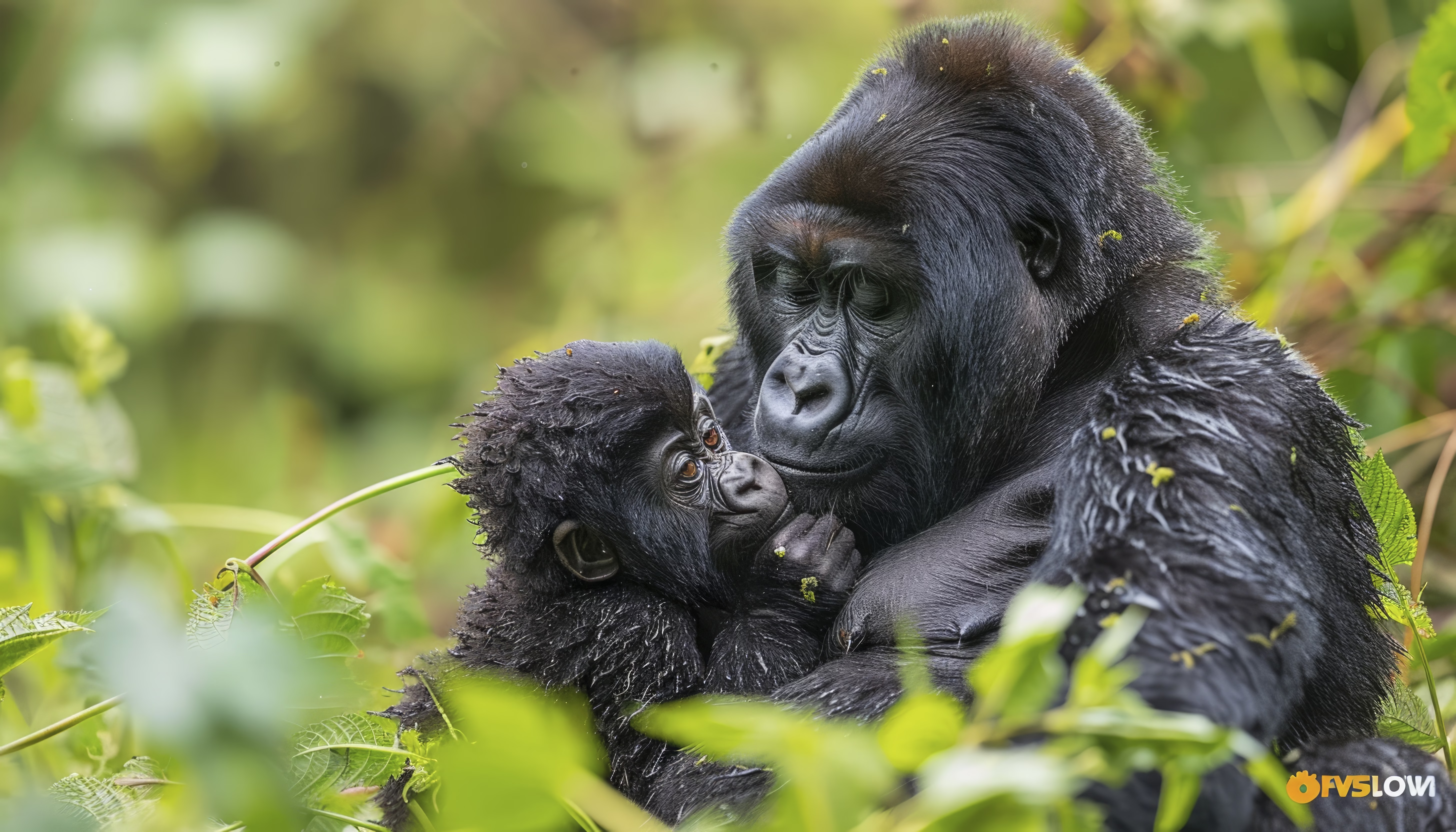
Unlike the standard trek, this experience allows you to spend up to 4 hours with a semi-habituated gorilla family, alongside researchers and rangers. You get a more immersive, behind-the-scenes look at how wild gorillas become accustomed to human presence over time.
The gorilla habituation permit costs $1,500 per person, and the number of participants is even more limited, offering a truly exclusive wildlife encounter.
Can I Pay for the Uganda Gorilla Permit in Installments?
Yes, some licensed tour operators allow partial payments or installment plans when you book a full safari package through them. Here’s how it usually works:
-
Initial deposit (30-50%) to secure the permit.
-
Final payment is made weeks or months later, depending on the operator’s terms.
However, Uganda Wildlife Authority does not allow direct installment payments. Only registered tour operators can facilitate flexible payment terms another reason to book your gorilla safari in Bwindi Impenetrable National Park through a reliable company.
Is the Cost of a Gorilla Safari Worth the Expense?
Absolutely and here’s why.
-
Rare Wildlife Experience: Fewer than 1,100 mountain gorillas exist in the wild. Being in their presence is both rare and profound.
-
Support Conservation: Your permit helps fund anti-poaching efforts, veterinary care, and gorilla habitat protection.
-
Community Empowerment: Local communities benefit directly through employment, tourism revenue, and cultural exchanges.
-
Personal Transformation: Most travelers say it’s one of the most emotional and grounding experiences of their lives.
So, while a gorilla safari in Bwindi Impenetrable National Park may cost more than a traditional wildlife safari, it offers something far more valuable connection, meaning, and legacy.
What Is the Age Limit for Gorilla Safari in Bwindi Impenetrable National Park?
To protect both gorillas and younger children, the minimum age for gorilla trekking in Uganda is 15 years. This policy is enforced for several reasons:
-
Children may not tolerate long, strenuous hikes.
-
Younger individuals may unintentionally provoke gorillas or disobey tracking rules.
-
Children are more susceptible to transmitting diseases to gorillas.
If you’re traveling with children under 15, Uganda offers plenty of family-friendly activities nearby, such as nature walks, village visits, birdwatching, and cultural tours.
Final Thoughts: The True Heart of Gorilla Trekking
Can I see gorillas without a ranger guide? No and that’s exactly how it should be. Gorillas are not zoo animals. They are wild, vulnerable beings living in one of Earth’s last untouched ecosystems. Seeing them is a privilege, not a right and every step of the process is designed to protect that privilege for future generations.
When you embark on a gorilla safari in Bwindi Impenetrable National Park, you’re not just checking off a bucket list. You’re contributing to something much larger a conservation success story, a cultural bridge, and a personal journey unlike any other.
So lace up your boots, pack your camera, and prepare for a soul-stirring encounter that will stay with you forever.
Ready to plan your gorilla safari in Bwindi Impenetrable National Park? Let the wild call you home.

